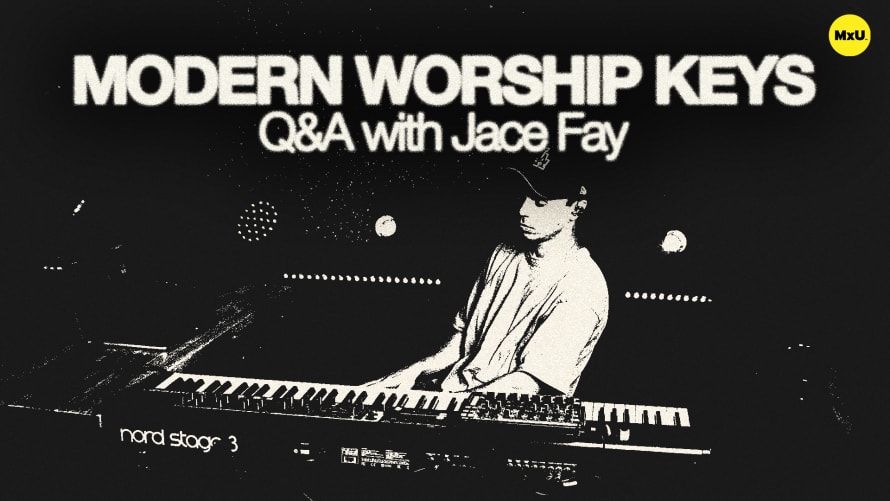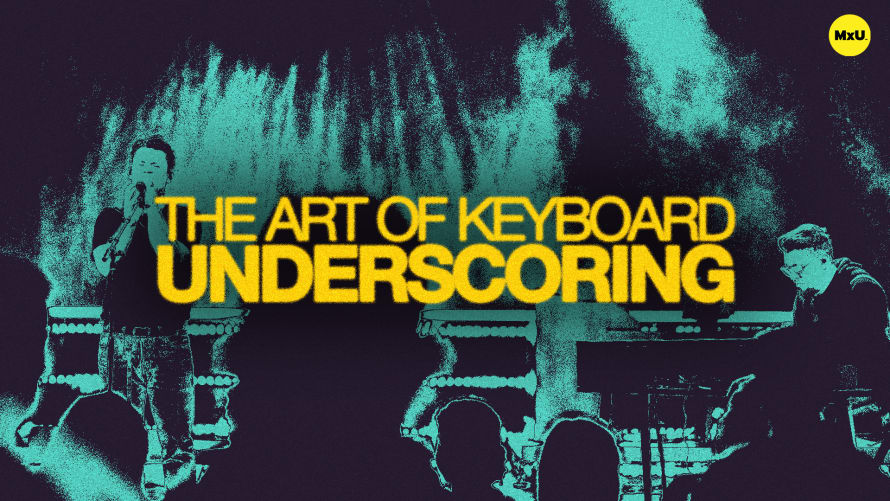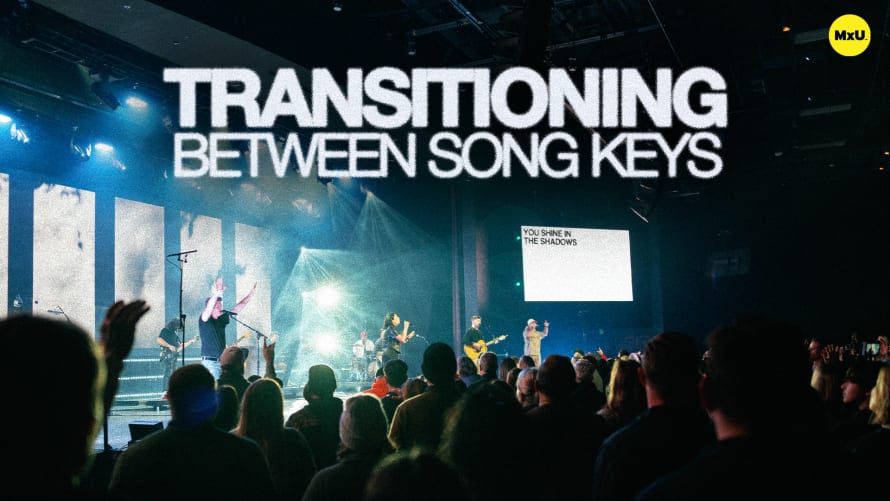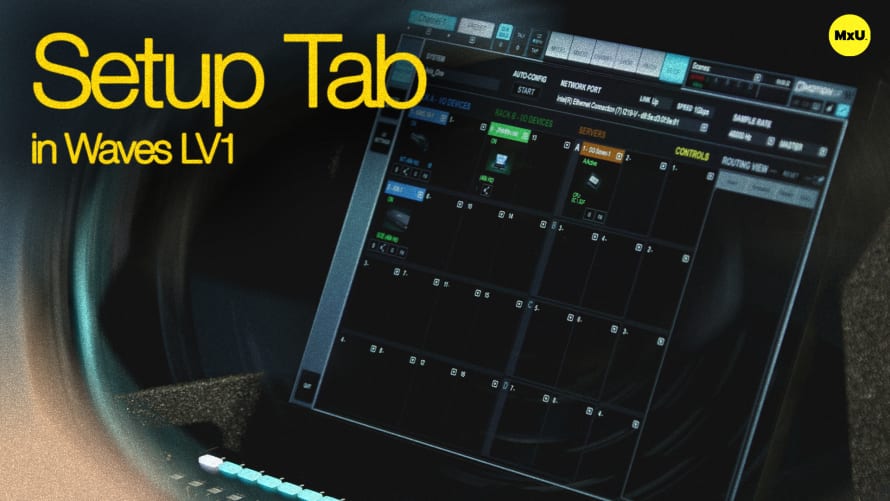
Premium
Sign up to watch Modern Worship Keys Q&A with Jace Fay and gain access to 500+ more Premium MxU videos.
Team
$99 .95
Per month, billed monthly.
For worship & tech teams
$83 .29
Per month, billed yearly.
For worship & tech teams
- Full course & video library
- Add your team
- Assign training
- Automated training workflows
- Create your own courses & videos
- Multi-campus support
- Organize with groups
Solo
$19 .95
Per month, billed monthly.
Just you, full content library
$16 .63
Per month, billed yearly.
Just you, full content library
- 889+ training videos
- Full course & video library
- Add your team
- Workflows, assignments, create courses & videos
More Premium Videos
Modern Worship Keys Q&A with Jace Fay
No actions available
Delve into the roles and responsibilities of a keys player in a worship setting, focusing on playing piano and managing pad sounds. The use of software like Ableton and Mainstage is a large role of a modern worship keys player. In addition, stylistic preferences and strategies should be addressed to adapt to various worship music styles.
Keys Player Responsibilities
In modern worship settings, keys players often manage both piano and pad sounds to enhance the musical experience. This dual role requires balancing different elements to match the song's requirements.
- Play piano while controlling pad sounds.
- Use software like Ableton or Mainstage for flexibility and variety in sound.
Choose the Right Sounds
Selecting appropriate sounds is crucial for different parts of the worship set. Adjusting the piano and pad sounds to fit the mood of each song can significantly impact the worship experience.
- Use compressed, bright piano sounds for upbeat songs.
- Opt for warm, felt piano sounds for slower, more introspective songs.
- Adjust pads to match the energy of the band, using filtered pads for quieter moments and opening up the pad filter for full band sections.
Onboard Keyboard Sounds
For those using onboard keyboard sounds, creating and saving presets can streamline transitions and ensure consistency.
- Save 1 to 3 base presets that can be easily adjusted for different songs.
- Combine piano sounds with pad layers that can be faded in and out.
- Utilize effects like reverb and EQ to enhance the onboard sounds.
Adapt to Different Styles
Keys players should adapt their playing style to suit the needs of the song rather than focusing on personal preferences. Simplicity often works best in worship music to avoid overcrowding the sound.
- Avoid overplaying; focus on adding clear, necessary elements to the music.
- Use techniques like playing low octaves aggressively for big moments or adding delay for lighter sections.
- Approach each song with the goal of serving its unique needs.
Topics
Categories
Worship
201
Premium Videos
Nothing added









